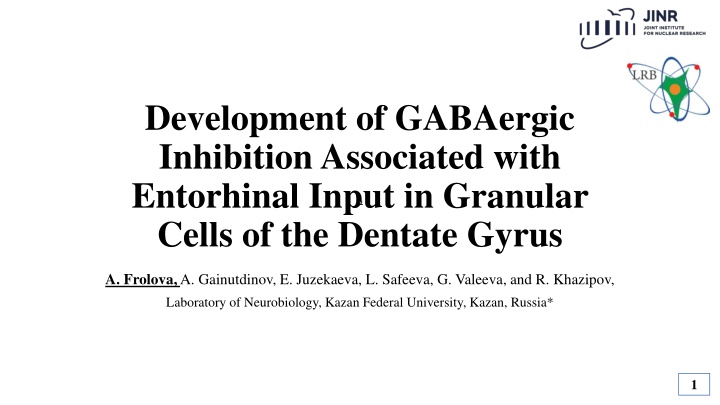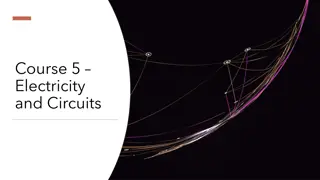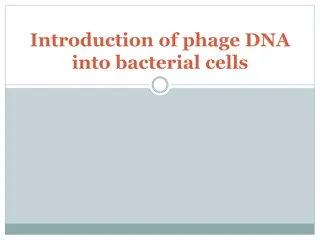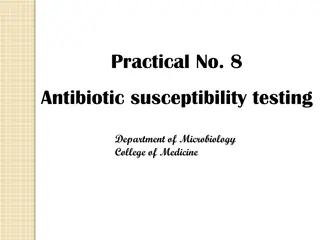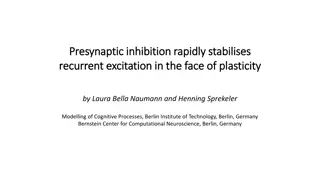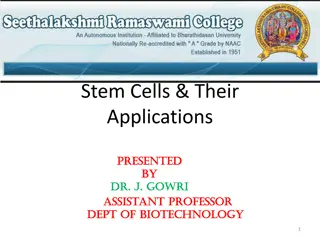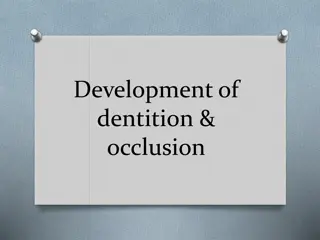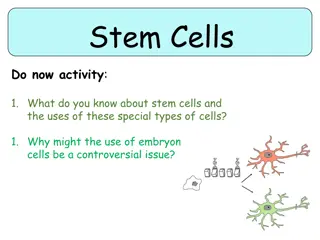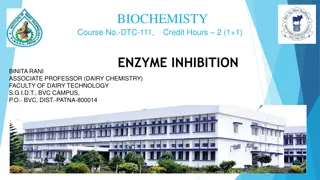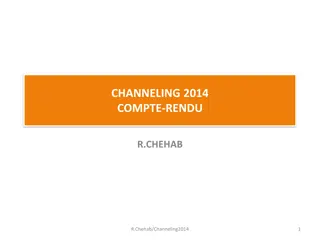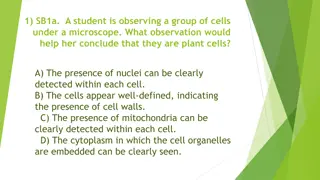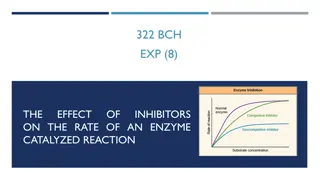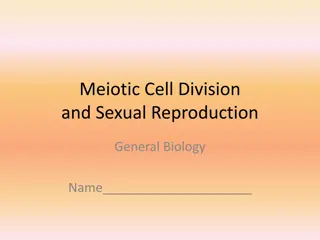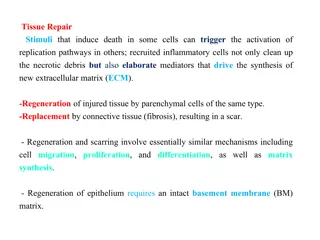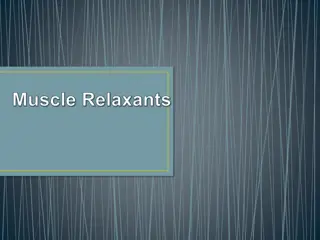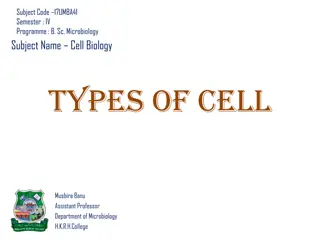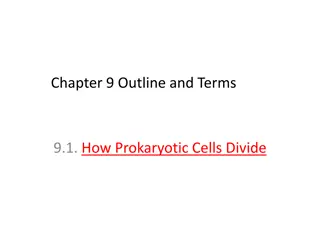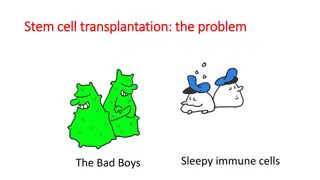Development of GABAergic Inhibition in Dentate Gyrus Granular Cells
Study on the development of GABAergic inhibition associated with entorhinal input in granular cells of the dentate gyrus in mice from postnatal days 2 to 62. The research explores the composition of cerebrospinal fluid, patch clamping techniques, and age-dependent changes in postsynaptic currents. Various figures depict perforant path stimulation-evoked EPSCs and IPSCs at different postnatal ages, showing age-dependent delays and temporal integration windows.
Uploaded on Feb 23, 2025 | 0 Views
Download Presentation

Please find below an Image/Link to download the presentation.
The content on the website is provided AS IS for your information and personal use only. It may not be sold, licensed, or shared on other websites without obtaining consent from the author.If you encounter any issues during the download, it is possible that the publisher has removed the file from their server.
You are allowed to download the files provided on this website for personal or commercial use, subject to the condition that they are used lawfully. All files are the property of their respective owners.
The content on the website is provided AS IS for your information and personal use only. It may not be sold, licensed, or shared on other websites without obtaining consent from the author.
E N D
Presentation Transcript
Development of GABAergic Inhibition Associated with Entorhinal Input in Granular Cells of the Dentate Gyrus A. Frolova,A. Gainutdinov, E. Juzekaeva, L. Safeeva, G. Valeeva, and R. Khazipov, Laboratory of Neurobiology, Kazan Federal University, Kazan, Russia* 1
EPSC excitatory postsynaptic currents IPSC inhibitory postsynaptic currents GABA -aminobutyric acid 2
Materials and methods C57BL/6 mice of both sexes aged from postnatal days [P] 2 to 62 were used Composition of cerebrospinal fluid (ACSF) (in mM): NaCl 126, KCl 3.5, CaCl2 2, MgCl2 1.3, NaHCO3 25, NaH2PO4 1.2 and glucose 11 (pH 7.4) Composition of pipette solution (in mM): CsGluconate 135, gCl2 2, CaCl2 2, EGTA 1, and HEPES 10 (pH 7.26) PELCO easi-Slicer vibratome Whole-cell patch 3
PP perforant-path GC granular cells P postnatal day EPSC excitatory postsynaptic currents IPSC inhibitory postsynaptic currents Fig. 1. Perforant path stimulation-evoked EPSCs and IPSCs in GCs at different postnatal ages. (a) Example traces of PP-evoked IPSCs and EPSCs in a GC from the postnatal day P4 mouse dentate gyrus. IPSCs were recorded at holding potential of 0 mV, which is a reversal potential of EPSCs, and EPSCs, vice versa, were recorded at holding potential of 75 mV, which is a reversal potential of IPSCs. Ten individual responses (grey traces) are superimposed, overlaid by average IPSC (blue trace) and average EPSC (red trace). (b) Early response fragments outlined in yellow box on panel (a) are shown at expanded time scale. Seven randomly selected individual IPSCs (top traces) and EPSCs (bottom traces), circles indicate PSC onset. Violin plots show the probability density distribution of the delays of PSCs onsets from the PP stimulus. Hereafter, violin histograms are smoothed by a kernel density estimator, white dot indicates median, dark area indicates Q1 Q3 interquartile range, each dark dot corresponds to an individual PSC. (c d) and (e f) show similar examples of IPSC and EPSC recordings from GCs in P14 (c d) and P60 (e f) mice. 4
PP perforant-path GC granular cells P postnatal day EPSC excitatory postsynaptic currents IPSC inhibitory postsynaptic currents Fig. 2. Age-dependence of the PP-evoked EPSCs and IPCSs delays in GCs. (a) EPSCs and IPSCs delay medians in GCs as a function of animal age. Each dot corresponds to the median value in an individual GC. Right violin plots show the probability density distribution of the delays of EPSC and IPSC onsets from the PP stimulus in GCs pooled in three age groups: P27, P8-14 and P27-62. EPSC delays were not significantly different between the three age groups. (b, c) Similar group data analysis for the time jitter of the PP-evoked IPSCs and EPSCs delays, presented as a Q1 Q3 interquartile range (b), and for the temporal integration window, calculated as a delay of the PP-evoked IPSCs from EPSCs (c). (a c): Pooled data from 45 granular cells (n = 15 cells in each age group). 5
